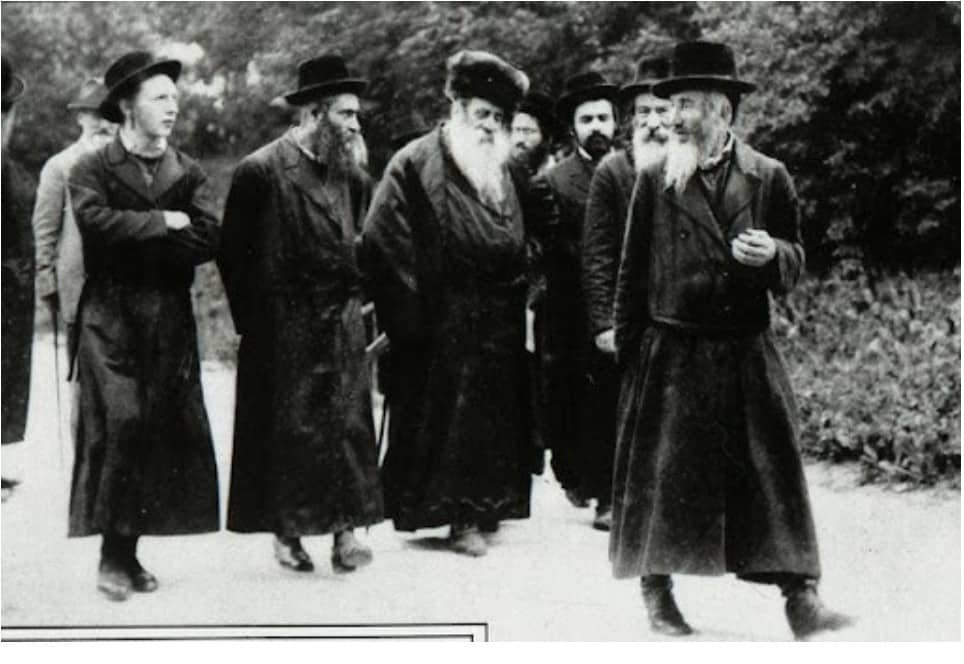

I recently had the good fortune to read William Hagen’s Cambridge-published Anti-Jewish Violence in Poland, 1914–1920, one of the most interesting books I’ve read on Jewish-European relations since John Doyle Klier’s Oxford-published work on the Tsarist pogroms.
It’s always refreshing to see scholars of European heritage tackle this subject matter, which has been dominated for too long by Jewish academics offering a one-sided, lachrymose, and propaganda-laden approach.

William W. Hagan
Cambridge University Press, 2018
Now eighty years old, Hagen, like Klier before him, has started publishing his most incisive work on the Jews only in the deep twilight of his career. Also echoing Klier’s work on the pogroms, Hagen’s Anti-Jewish Violence in Poland offers an unflinching look at the causes of inter-ethnic friction, often using novel or previously ignored source material, as well as a balanced and careful approach to the true extent of any violence that occurred.
The result is a text that doesn’t just attempt to get to the bottom of what exactly happened, but also why it happened. The following essay is a hybrid work involving a partial review of Hagen’s work and some of my own thoughts and research on the subject.
Context
Hagen’s text offers strong support for Kevin MacDonald’s argument in Separation and Its Discontents that anti-Semitism is a reactive phenomenon very closely related to Jewish dominance in certain spheres of public life, especially the economy.
In fact, in Separation and Its Discontents MacDonald cites on several occasions Hagen’s only previous work on anti-Semitism, a 1996 prize-winning article published in the Journal of Modern History.[1] The focus on socio-economic factors in both works indicates that Hagen’s understanding of anti-Semitism has been settled for some time.
Hagen’s Anti-Jewish Violence in Poland opens by giving voice to some fascinating Polish contemporaries, opening up an avenue of discussion often closed off in lachrymose Jewish histories which overwhelmingly focus on the putative suffering of the Jews rather than the difficult experiences of those they lived among.
One of the more interesting examples is Hagen’s exploration of the works of Jan Słomka, Habsburg Polish mayor of Dzików and author of From Serfdom to Self-Government: Memoirs of a Polish Village Mayor. Słomka’s memoirs offer insight in the origins of Polish antipathy towards the Jews, and depict Jews as “cynical exploiters of Christian villagers’ weaknesses and ignorance.” (11)
Mimicking tactics employed under the Russian tavern system, Jewish merchants in Poland often used alcohol to drag peasants into debt and keep them there. Słomka explained how Jews…read more…
https://www.unz.com/article/a-critical-look-at-the-polish-pogroms-of-1914-1920/
ATTENTION READERS
We See The World From All Sides and Want YOU To Be Fully InformedIn fact, intentional disinformation is a disgraceful scourge in media today. So to assuage any possible errant incorrect information posted herein, we strongly encourage you to seek corroboration from other non-VT sources before forming an educated opinion.
About VT - Policies & Disclosures - Comment Policy



